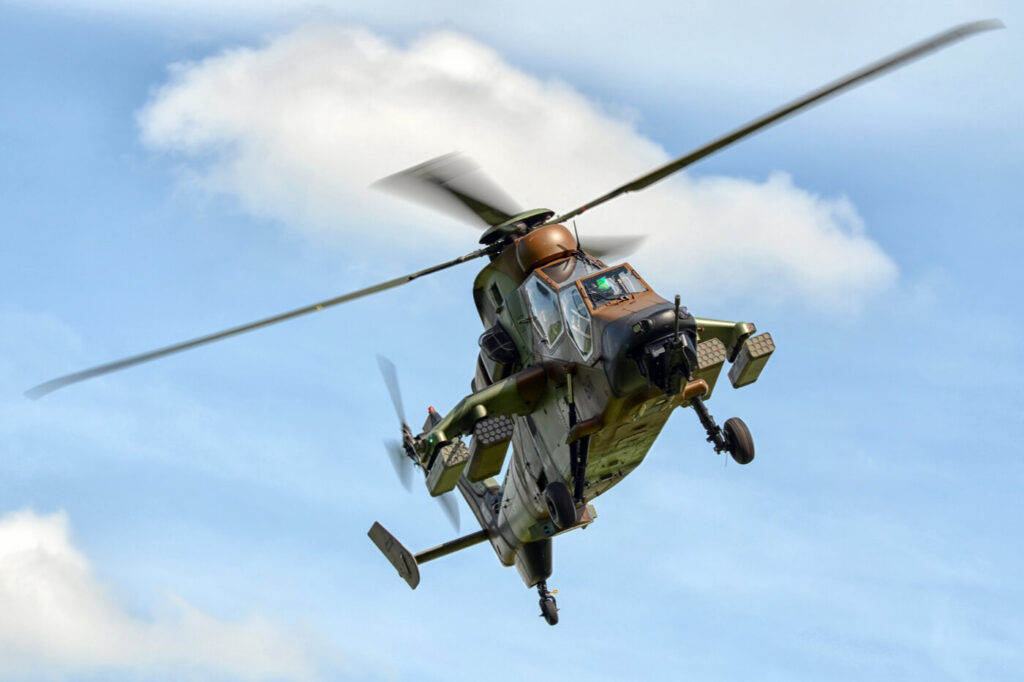While engaged in a combat operation in Mali, a Cougar transport helicopter and a Tiger attack helicopter from the French Army Light Aviation collided mid-air, killing thirteen soldiers. Two days later, details regarding the circumstances of the accident are starting to emerge.
What happened?
Since November 22, 2019, ground soldiers of the French military were in pursuit of a group of jihadist insurgents “organized and equipped with a pickup truck and several motorcycles” that were involved in a series of attacks killing over a hundred Malian soldiers in recent weeks, explained the Chief of Staff of the Armies François Lecointre in a press conference. The Liptako, a region in central-eastern Mali bordering Niger and Burkina, is known to host members of the Islamic State in the Great Sahara, a group that swore allegiance to ISIS.
After catching up with the jihadists and exchanging fire, the members of the Commando Parachute Group (GCP) faced difficult terrain that forced them to stop their pursuit, and request aerial support.
They were first assisted by a patrol of two Mirage 2000D fighter jets, before a Cougar helicopter arrived on site with an extraction team on board, followed shortly after by two Tiger attack helicopters of the 5th Combat Helicopter Regiment. The three aircraft were sent on a low-altitude reconnaissance mission “in combat conditions and very demanding operational conditions”. It was “a moonless night, in total darkness,” insists the French Minister of Armed Forces Florence Parly.
“During this night reconnaissance operation to locate the pickup truck fleeing north, the commandos on the ground heard two explosions, which they thought was due to an in-flight collision between two aircraft,” said Lecointre. The information was soon confirmed by the remaining Tiger helicopter. The accident killed the thirteen occupants of the two helicopters. Among the victims were the two Tiger pilots, five crew members of the Cougar helicopter, and six soldiers on board. It is the highest death toll for the French military since 1983. Since its deployment in the Sahel region in 2013, France has suffered 44 losses.
Unlike their civilian equivalents, military helicopters do not possess anti-collision devices, as they have to operate in tighter formations, explained Lecointre. An investigation was opened to determine the exact circumstances of the collision. The two flight recorders were recovered and sent to the French Accident Investigation Bureau for State Aviation Safety (BEA-É), the equivalent of the BEA for state aircraft.

